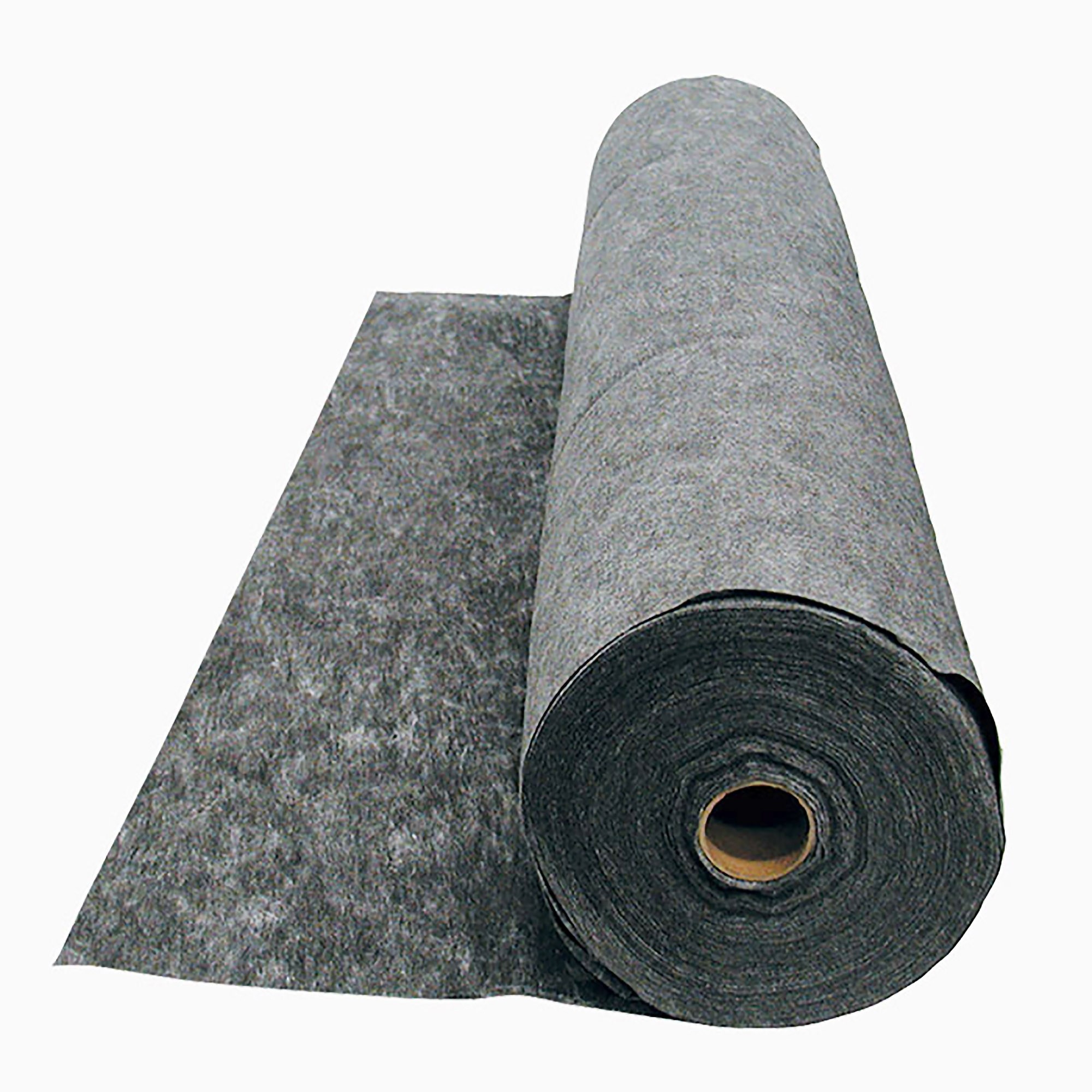Grab break load and elongation of geotextiles
Geotextile is a material used in civil engineering and civil construction. It is usually used to reinforce soil, prevent soil erosion and improve the tensile strength of soil. Geotextile performance parameters can vary depending on the specific material and manufacturing process, so I will provide general information rather than specific values.
Grab bucket breaking load: The grab bucket breaking load of geotextile refers to the maximum tensile force that the geotextile can withstand in the tensile state. This is usually determined by standard tensile testing. The design and selection of geotextiles usually takes into account the required tensile strength to ensure that it can meet the requirements of the project in practical applications.
Elongation: Elongation is the amount of deformation a geotextile can undergo before it breaks. This is an important performance indicator because some application scenarios may require the geotextile to have a certain degree of extensibility when subjected to tension to adapt to deformations and changes in the ground surface.
The values of these performance parameters depend on the geotextile material, manufacturing process and specific specifications and models. When selecting geotextiles, the required performance indicators need to be determined based on the specific requirements of the engineering project. In addition, the stability and durability of geotextiles under different environmental conditions also need to be considered.
Please note that in order to obtain accurate geotextile performance parameters, it is recommended to refer to the technical specifications provided by the relevant manufacturers or conduct actual experimental tests.
垃圾处理场工-225x300.jpg)
Apparent opening size of geotextile
The apparent opening size of the geotextile refers to an important parameter of the pore structure of the geotextile. This parameter reflects the size of the pores in the geotextile and is usually used to describe the filtration performance of the geotextile. The apparent opening size is determined by a standard mesh test.
Specifically, the sieve hole test is performed by placing a geotextile sample on a series of standard sieve holes, and then using mechanical vibration or water flushing to screen the particles out of the geotextile. Then, based on the size distribution of the screened particles, the apparent opening size of the geotextile can be determined.
The size of the apparent opening directly affects the filtration performance of the geotextile. If the pore structure of the geotextile is small, it can effectively prevent soil particles from passing through, thus achieving a filtration effect.
This is very important in some engineering applications, such as preventing soil erosion, filtering water flow, etc.
It should be noted that different types of geotextiles may have different apparent opening sizes. Therefore, when specifically selecting and designing geotextiles, the required apparent opening size needs to be determined based on the specific requirements of the engineering project. This can usually be found in the technical specification sheet of the geotextile or in the relevant manufacturer’s information.
Determination of pore size characteristics of geotextiles by capillary flow testing
Capillary flow testing is one of the common methods used to determine the pore size characteristics of geotextiles. This test method can provide the capillary equivalent pore size and capillary flow characteristics of the geotextile. Here are the basic steps for performing a capillary flow test:
Sample Preparation: Obtain a sample from the geotextile and ensure that it is representative of actual service conditions. Sample preparation needs to follow relevant standards or procedures.
Test liquid selection: Select an appropriate liquid, usually water or other liquid similar to the application environment. This is because the properties of capillary flow are related to the surface tension of the test liquid.
To perform a capillary flow test:
Geotextile sample cross-sections are placed in a purpose-built testing device, usually a capillary flow instrument.
A certain amount of pressure is applied to the sample to cause the test liquid to flow within the capillary structure of the geotextile.
Measure the flow rate of the flowing liquid and the time it takes for the flowing liquid to pass through the geotextile.
data analysis:
Based on the measurement data of flow rate and time, the capillary equivalent pore diameter can be calculated, which is a parameter indicating the size of the pore structure of the geotextile.
Analyze capillary flow curves to understand the permeability performance of geotextiles, including pore distribution and permeability paths.
Consider the actual application environment: When conducting capillary flow testing, it is necessary to consider the conditions of the geotextile in the actual application environment, such as soil humidity, temperature and other factors, to ensure that the test results have actual reference value.
Standard compliance: Ensure that the testing process complies with applicable standards, such as ASTM and other relevant standards, to ensure the accuracy and comparability of testing.
Capillary flow testing provides information about the pore structure of the geotextile, specifically parameters related to the penetration properties of water or other liquids. In actual projects, this information is very important for the correct selection of geotextiles and the evaluation of their performance in waterproofing, filtration and drainage.
Author
-

Founded in 2002, Tinhy's team focuses on the manufacturing, marketing, installation, application and research and development of geosynthetic materials.
View all posts




